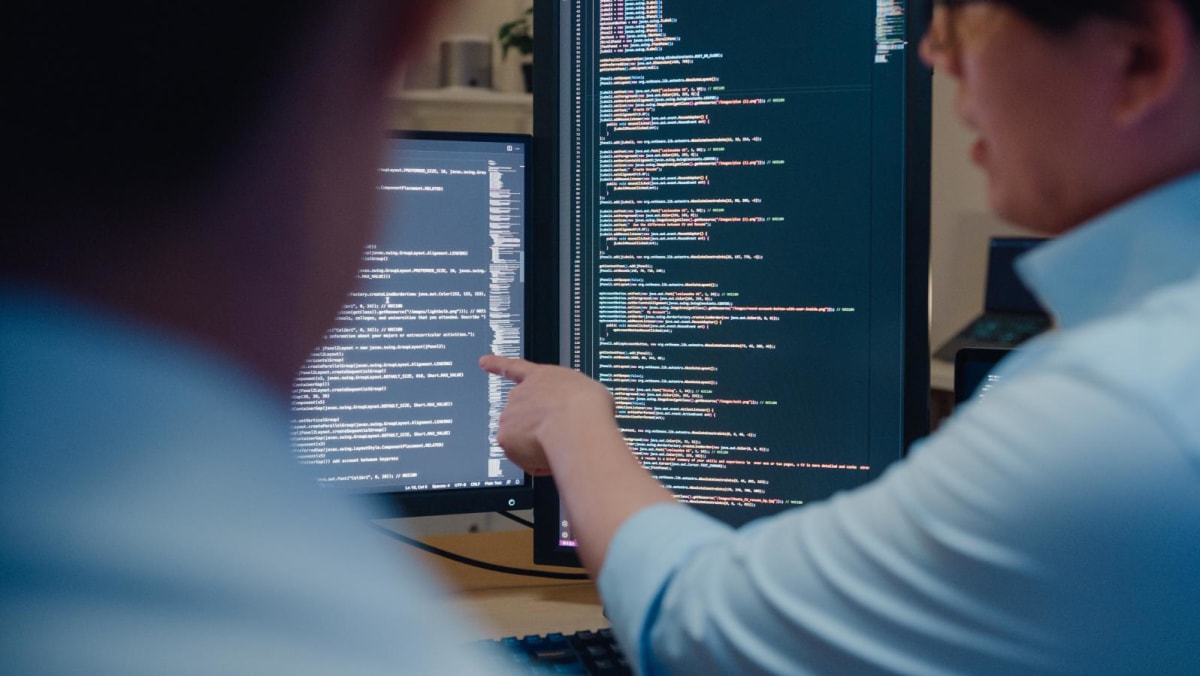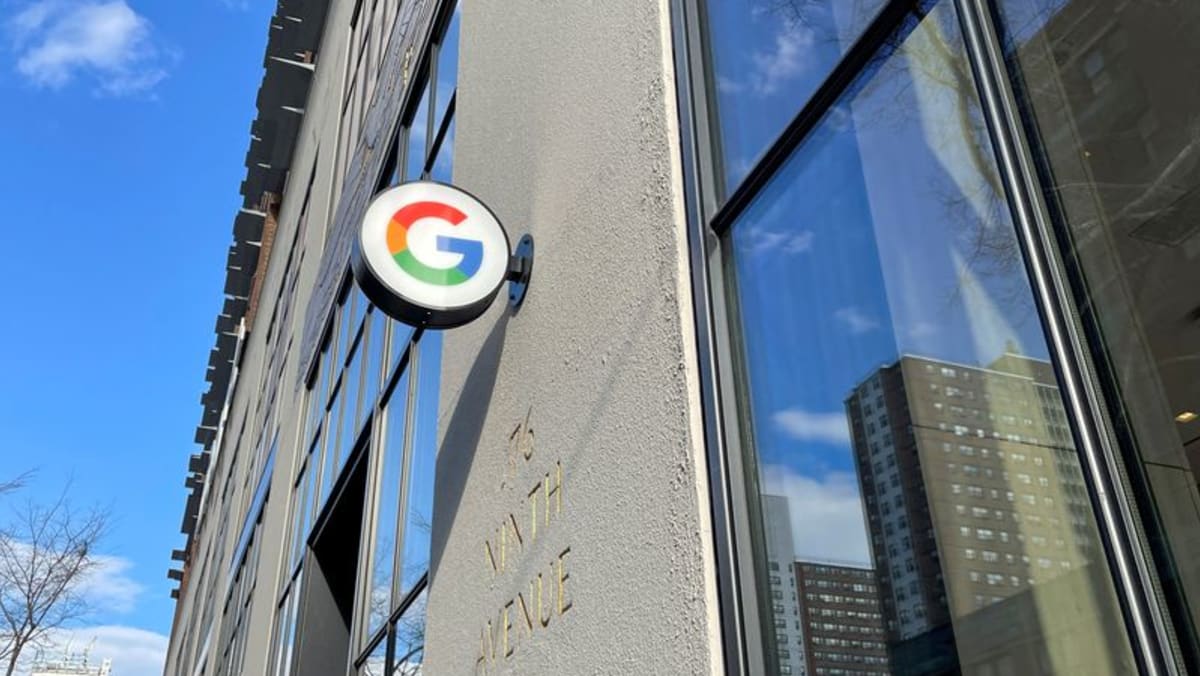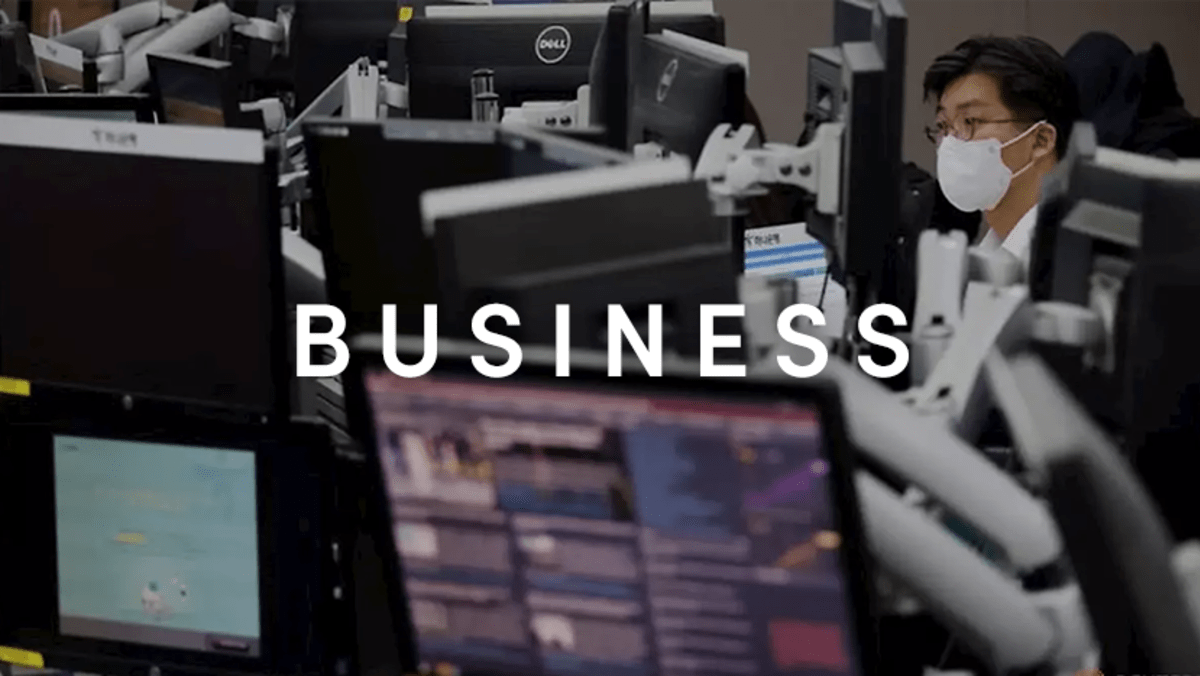3. TOWARDS PRACTICAL QUANTUM COMPUTERS
Developments in quantum computing could lead to machines that can solve complex tasks that are beyond the capability of most classical computers. Researchers have moved away from trying to break records for the number of basic processing units, called qubits, and towards correcting the errors that quantum computers are currently prone to. This is a step towards practical quantum computers that have some useful advantage over classical machines.
4. BLENDING PHYSICAL AND VIRTUAL WORLDS
Augmented reality, virtual reality and mixed reality could be used more widely. Virtual reality immerses users in a computer-generated world. Augmented reality superimposes computer-generated elements onto the real world, while the latter remains visible. Mixed reality, refers to a set of immersive technologies including augmented reality, that provide different “blends” of physical and virtual worlds.
There are already a number of head-mounted devices (HMDs) that can support these technologies. These include Apple’s Vision Pro and Meta’s Quest headset. In 2025, we’re likely to see new products and refinements from the likes of Meta, Apple and others.
5. BENEFITS OF BLOCKCHAIN
Blockchain technology, which allows records to be stored across a network of computers, is set to affect supply chains and different sectors from healthcare to finance. Blockchain increases transparency and traceability, allowing for the tracking of products from origin to consumer, it also offers enhanced security and improved efficiency with automated processes.
Patient data in healthcare could be made more secure with blockchain technology. The exchange of data could become seamless and medical supplies could be tracked. Financial transactions could be made more robust, faster and cheaper and there would be a greater degree of financial inclusion. This would provide access to a wider group who may not have had banking or lending services before.













